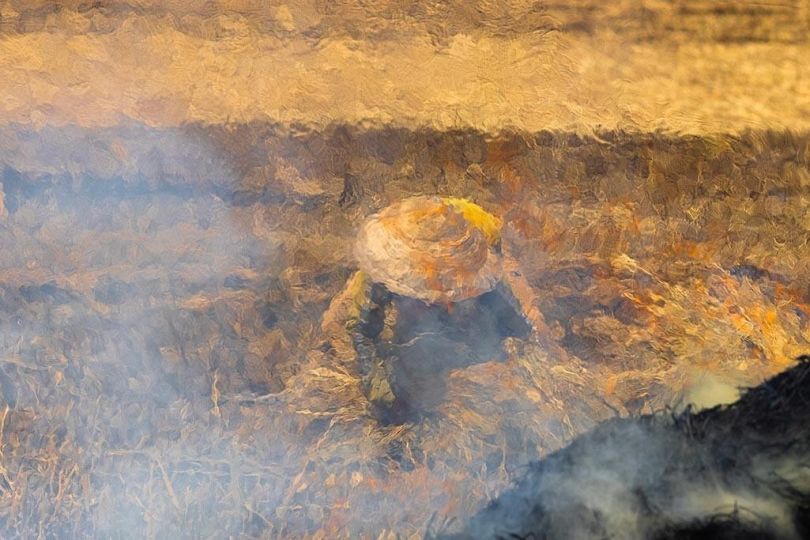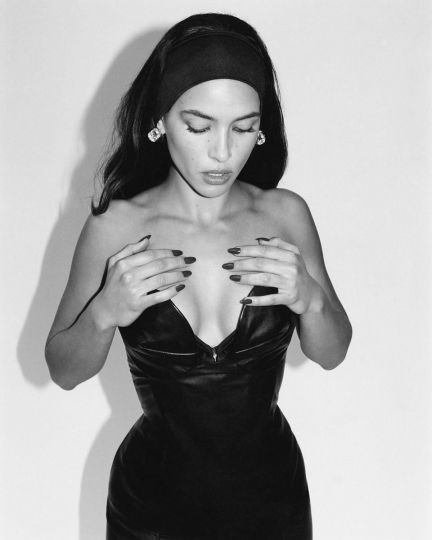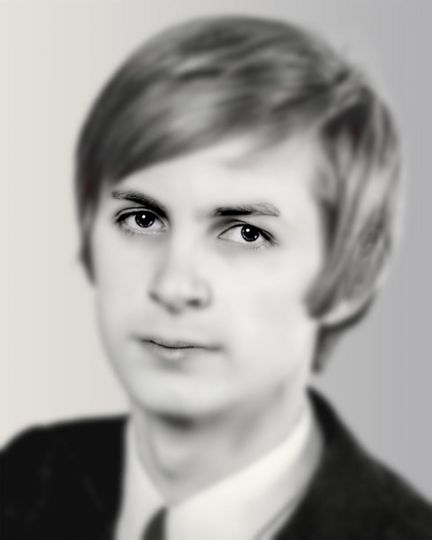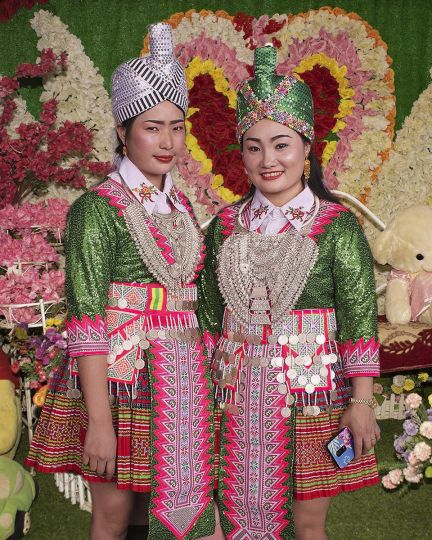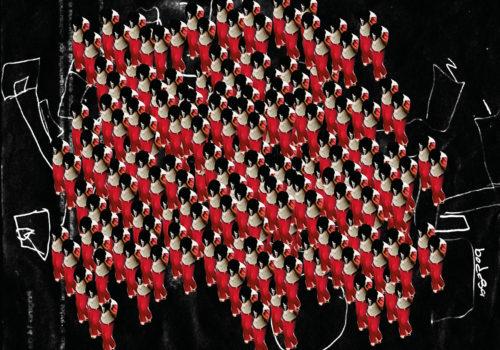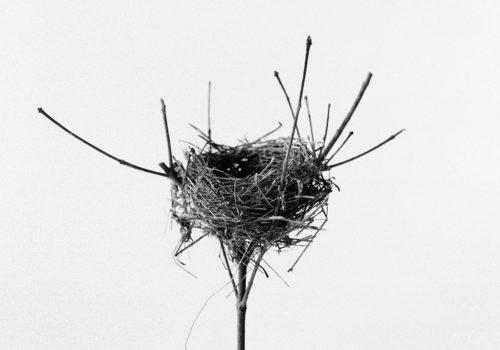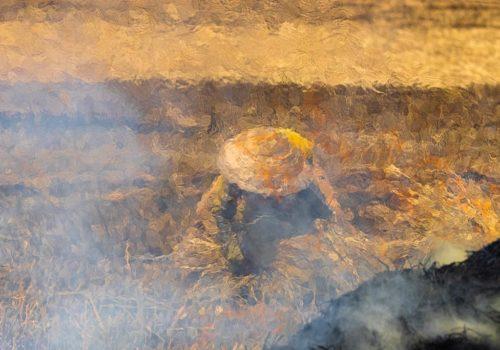John Olson: I was drafted and went to Vietnam in the infantry. But when I arrived, I got myself transferred to Stars and Stripes, the daily newspaper that the Department of Defense put out for the military.
There were four reporters and myself. If I had really wanted to avoid the war and eat well at night in Saigon, I could certainly do that. But I wanted to go out and make pictures and make my mark. The reporters made a deal with me: I could go anyplace I wanted as long as they didn’t have to come along.
I shot photographs the day the Tet offensive started in February 1968, and Time magazine ran one. Then I went into the Battle of Hué, where the Marines participated in their first street fighting of the war. They took horrendous casualties. I’d been in Vietnam over a year. I’d been in a lot of combat, and I felt pretty experienced. The weather in Hué was very rainy and overcast, so there was little of the artillery and air support that we were accustomed to having. I realized it was a tough battle and that the casualties were very large.
The Marines were using any means they could to evacuate their wounded and their dead. One tank had been turned into this ambulance. I remember the scene, but I don’t remember the exact moment of making that frame. I had no idea what impact the picture would have. It didn’t strike me as something that would be published hundreds of times. In fact, when I first saw the article in Life magazine, I was underwhelmed. No form of photography can do a battle like that justice. No matter how good we are at our jobs, we can’t bring home 100% of what it feels like to be in a situation like that.
John Loengard: What’s missing?
[Pause] “The reality that you may be the next to die.
[Interview dated October 29, 1993, John Loengard, and printed in full in LIFE Photographers: What They Saw, a Bullfinch Press Book published in 1998. The photograph, by John Olson is courtesy The Life Gallery of Photography.]



